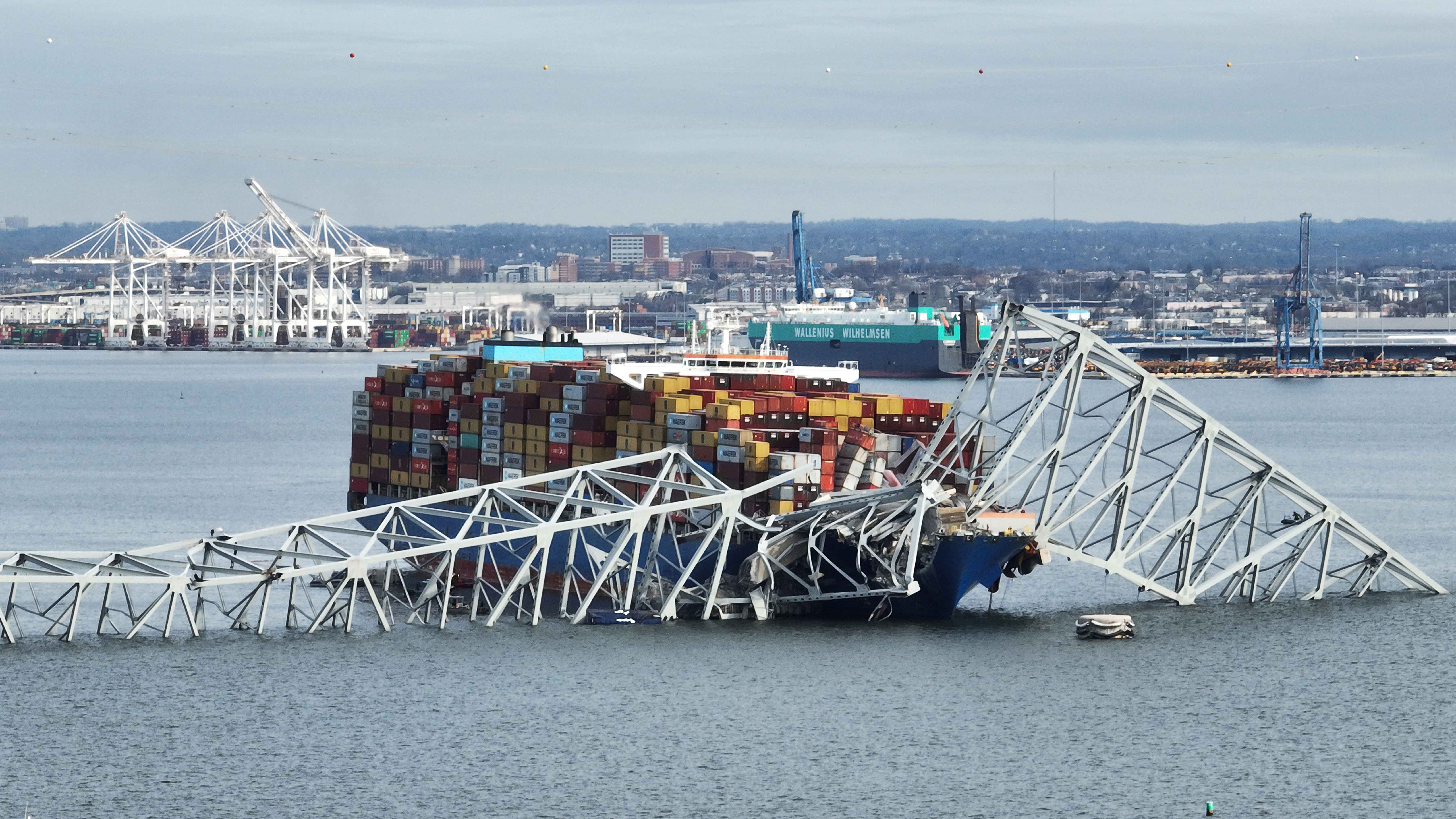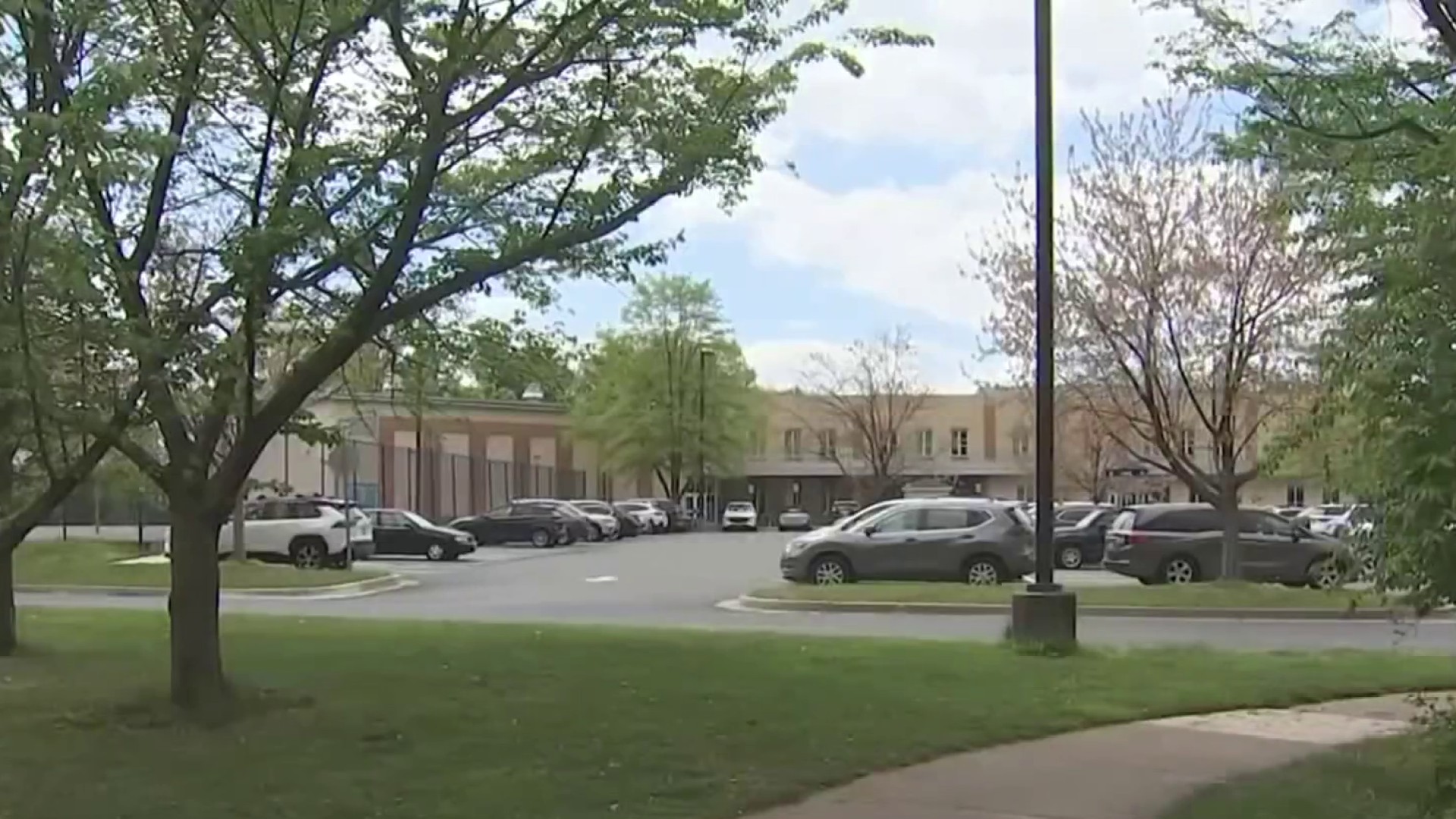Kelly Mack uses Metro every day to commute to work and asked the News4 I-Team to go along with her to look at the entrance to the safety walkway at the end of the Farragut North Metro Station.
“No way,” she said. “There’s absolutely no way my chair would fit on this.”
She parked her motorized wheelchair in front of the evacuation path. She said she looked at it after last month’s incident when one woman died and many passengers self-evacuated after being trapped in smoke-filled cars.
Mack said she’s now realized the evacuation path isn’t wide enough for her standard-sized chair and the platform is cut-off by a set of stairs.
"It's very worrisome,” she said. “It doesn't sound like there's a real good plan for people in general, much less people with disabilities like myself.”
When the News4 I-Team asked Metro what would happen if someone in a wheelchair needed to be evacuated from a tunnel, Director of Metro Transit Police’s Office of Emergency Management Ronald Bodmer showed how rescue crews can quickly assemble a large aluminum cart on a station’s platform.
“This is an emergency televacuation cart,” or ETEC Bodmer explained. “Every Metro rail station has these in the stations.”
Local
Washington, D.C., Maryland and Virginia local news, events and information
The ETEC’s “only weigh 160 pounds but can hold 1000 pounds of capacity" and can roll up to the end of trapped rail cars to evacuate people who can’t walk, including those on backboards and in wheelchairs, Bodmer said.
Metro told the News4 I-Team all local fire departments are supposed to get evacuation training. News4 was there when the Fairfax County Fire Department learned how to use the ETEC last summer.
Metro just released statistics Thursday at a D.C. Council meeting showing Fairfax trained the highest number of people last year on how to evacuate Metro cars. D.C. had the smallest number.
In a statement, D.C. Fire told the I-Team "all members are to be trained" on the ETEC, it couldn't provide "any training records for this specific item within the past two years."
Instead, DC Fire gave us training photos of the MERV -- or Motorized Emergency Recon Vehicle -- which it said can get to trapped passengers "in less than four minutes” and the Turnell Universal Rescue Cart -- or TURK -- which DC Fire wrote "was designed with Metro in mind" because it can fit between rails and over electrical boxes.
But the I-Team found, all of this equipment -- the ETEC, the MERV and the TURK -- may require leaving the wheelchair behind.
"The doorways on the ends of the trains aren't really wide enough for a full-sized wheelchair to get out," Bodmer explained.
"I'm terrified for them, I don't know what I would do," Dara Baldwin said in response to what we found. She works with the National Disability Rights Network and said she's particularly concerned about C-spine or quadriplegic riders because they can't be easily separated from their chairs, which provide life support.
"You would have to leave that person who is a quad, who can't move or shouldn't be moved,” Baldwin said. “You would have to leave that person because I don't know any plan set up, just watching the confusion that happened on [January] 12th, I don't think they would be ready if they saw someone who’s a quad."
Bodmer said rescue crews should have special "stair chairs" to transport quadriplegic riders. "They could transfer them from their wheelchair to the stair chair and transfer them to this cart to get them back to safety."
In its statement, D.C. Fire told the I-Team "in most incidents the process of removing all or most of the ambulatory people from a train will be done first due to that process being quicker than the removal of non-ambulatory people” and “in regards to self-evacuation, those who are non-ambulatory will need the assistance of the Fire Department" because "the width of the walkways within the tunnels is 22 inches and will not provide ample space for a wheelchair."
Metro does have an Accessibility Advisory Council. The I-Team attended a recent meeting in February where some riders said they were concerned new Metro signs don’t offer any instructions on what disabled riders should do in an emergency.
Both Metro and D.C. Fire told the I-Team no one should ever self-evacuate unless they’re in imminent danger. But Kelly Mack said she’s now come to a hard realization for someone as independent as her. “I depend on my wheelchair, I would have to depend on other people."



